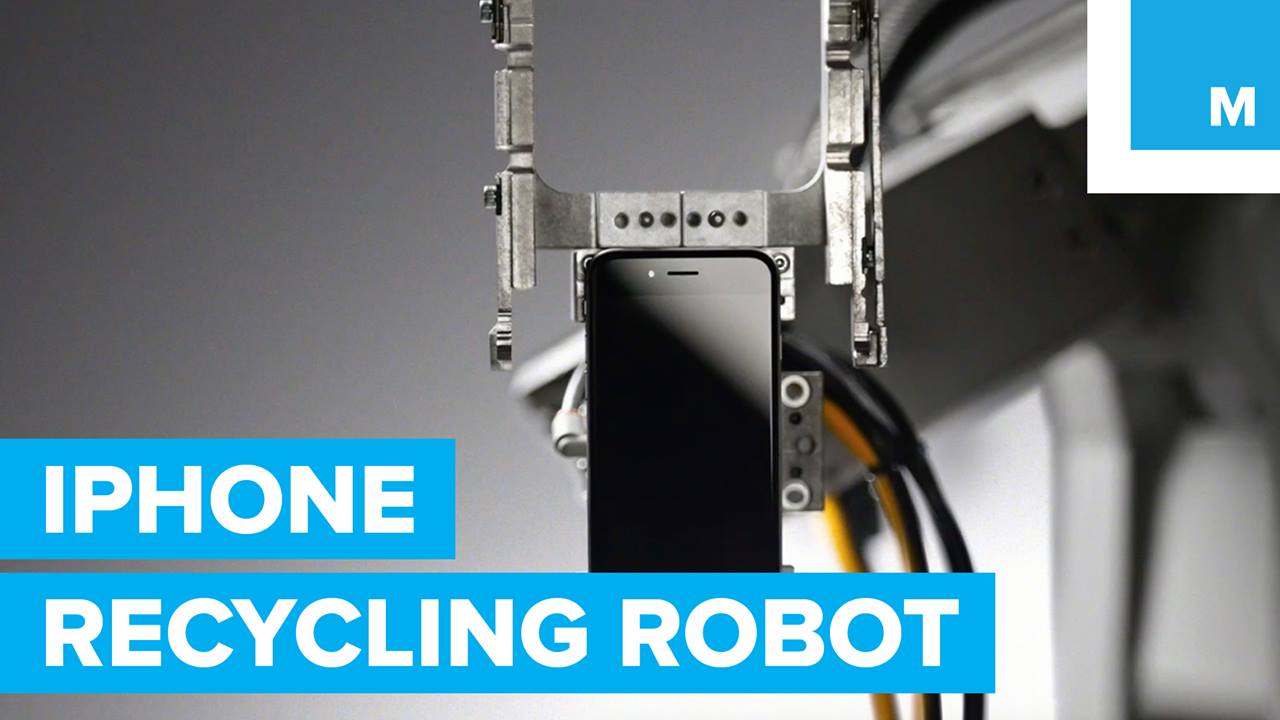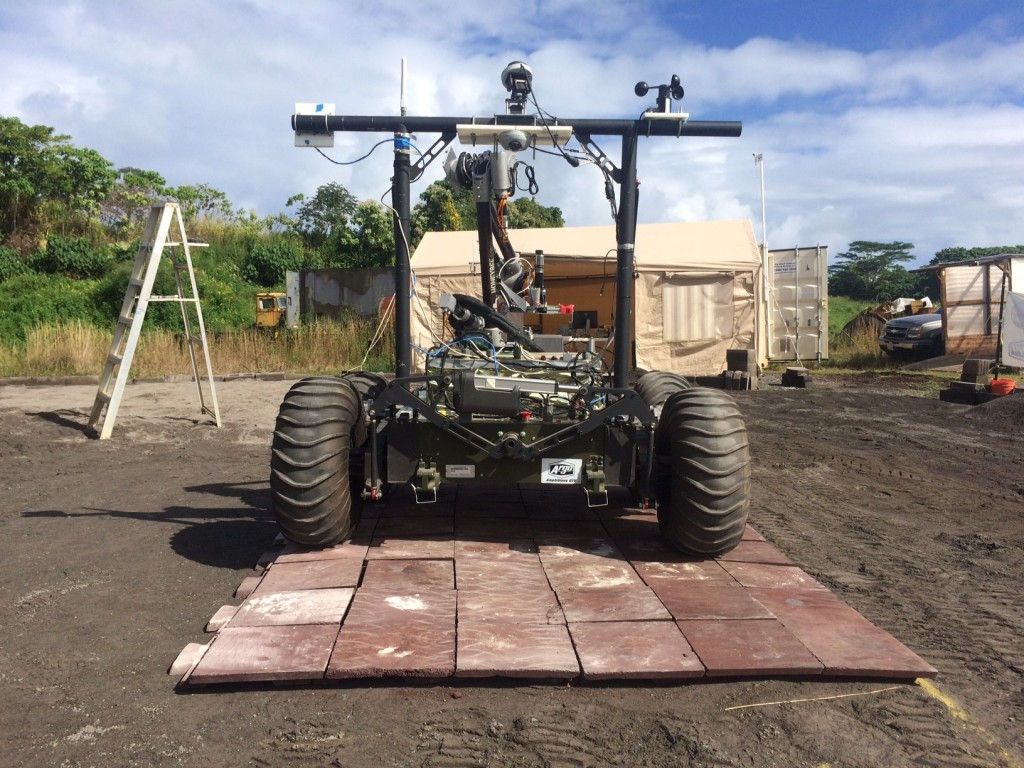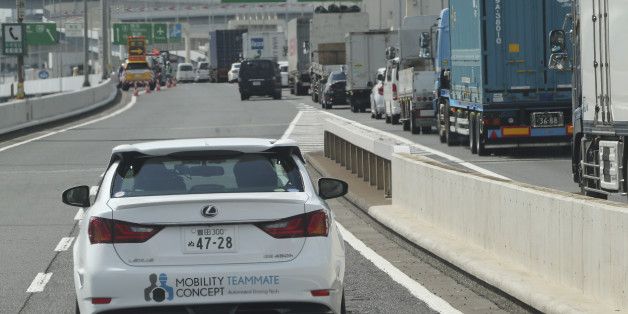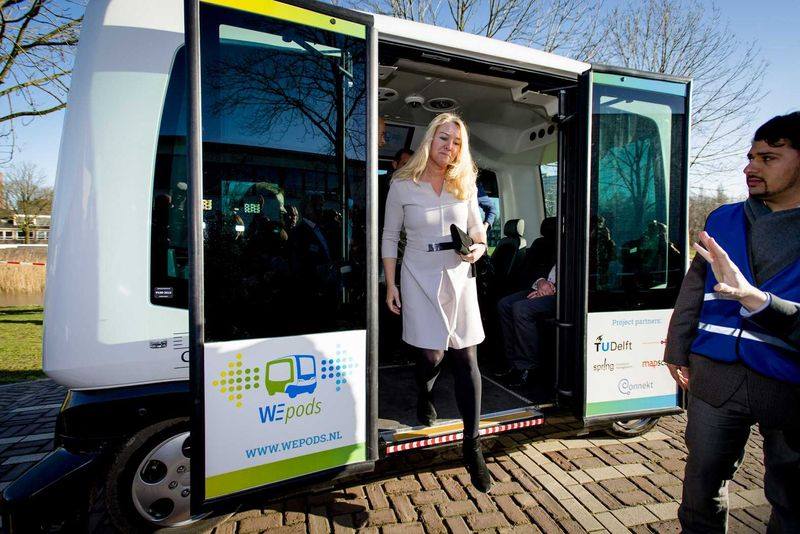Archive for the ‘robotics/AI’ category: Page 2304
Mar 21, 2016
Robot-Built Landing Pad Could Pave the Way for Construction on Mars
Posted by Sean Brazell in categories: materials, robotics/AI, space
A robot has built a prototype launch-and-landing pad in Hawaii, potentially helping pave the way for automated construction projects on the moon and Mars.
The robotic rover, named Helelani, assembled the pad on Hawaii’s Big Island late last year, putting together 100 pavers made of locally available material in an effort to prove out technology that could do similar work in space.
“The construction project is really unique. Instead of concrete for the landing pad, we’re using lunar and Mars material, which is exactly like the material we have here on the Big Island — basalt,” Rob Kelso, executive director of the Pacific International Space Center for Exploration (PISCES) in Hawaii, told Hawaiian news outlet Big Island Now. PISCES partnered with NASA on the project, which is part of a larger program called Additive Construction with Mobile Emplacement, or ACME for short. [The Boldest Mars Missions in History].
Mar 20, 2016
Self-driving Cars and an Underappreciated Impact They Will Bring
Posted by Shailesh Prasad in categories: business, law, robotics/AI, transportation
The momentum of self-driving cars on the road is accelerating with the question clearly becoming “when” not “if” the widespread use of self-driving cars will be allowed. A 2015 Business Intelligence Report forecasts a compounded annual growth rate of 134% from 2015 to 2020 with at least 10 million cars on the road by 2020.
This should not come as a surprise, the descriptors for a car are heavily technology based with the importance of the car’s brains (software) rivaling its brawn (styling). Cars are already equipped with the ability to conduct specific tasks with varying degrees of driver interaction such as fully autonomous emergency breaking and semi-autonomous driver assisted parallel parking that are performed more adroitly — and safely — then the vehicle is operated by the driver. But the narrative of the self-driving car isn’t evolutionary but thought of as leapfrogging breakthroughs. Perhaps what has painted the imagery with futuristic color is the vocabulary of artificial intelligence. Fully autonomous driverless cars such as Google’s use an artificial intelligence system to pilot the car. In February the National Highway Traffic Safety Administration posted on its website that it informed Google that the artificial intelligence system pilot in a self-driving Google car could be considered the driver under federal law.
Continue reading “Self-driving Cars and an Underappreciated Impact They Will Bring” »
Mar 20, 2016
The Self Driving WePod
Posted by Shailesh Prasad in categories: robotics/AI, transportation
Your next favorite artist, writer, or musician might be a robot.
As the gap between man and machine narrows, it becomes harder to identify what makes humans unique. Robots can perform myriad physical tasks, they can express emotions (even if they don’t actually feel them), and they can learn. So what makes humans special?
Some people think it’s the presence of a soul, though that argument invades sticky philosophical territory and can’t be empirically proven. Cynics might say humans are the only species to make and use weapons specifically to hurt others, but that’s not exactly a reason to boast. Others suggest humans are singular for their ability to make art. From the Mona Lisa to the Taj Mahal, Homo sapiens’ facility for imbuing canvas, stone, sound, and words with beauty and imagination is unparalleled.
Mar 19, 2016
Bacteria-powered Bio-Bots Avoid Obstacles on Way to Target
Posted by Karen Hurst in categories: biotech/medical, robotics/AI
Microscopic robots, powered by bacterial flagellation, are a curious branch of robotics research, potentially leading to devices that can deliver drugs, perform surgical tasks, and help out with diagnostics. While bacteria has been harnessed in the past to power small devices, having those devices actually navigate to a desired target has been a challenge. At Drexel University researchers are now using electric fields to help their bacterial biobots detect obstacles and float around them on their way to the final destination.
The electric fields don’t actually control the bots, but allow the bots to sense their environment and to move around. The devices are powered by rod-shaped S. marcescens bacteria that are normally negatively charged. The researchers positioned two electric fields orthogonally to each other, creating a grid. Obstacles within the grid slightly affect the fields’ shape, which the robot recognizes and uses to avoid the obstacles.
Here are a couple videos demonstrating the bacterial powered microbot:
Continue reading “Bacteria-powered Bio-Bots Avoid Obstacles on Way to Target” »
Mar 19, 2016
The case for a robot president
Posted by Zoltan Istvan in categories: computing, geopolitics, robotics/AI
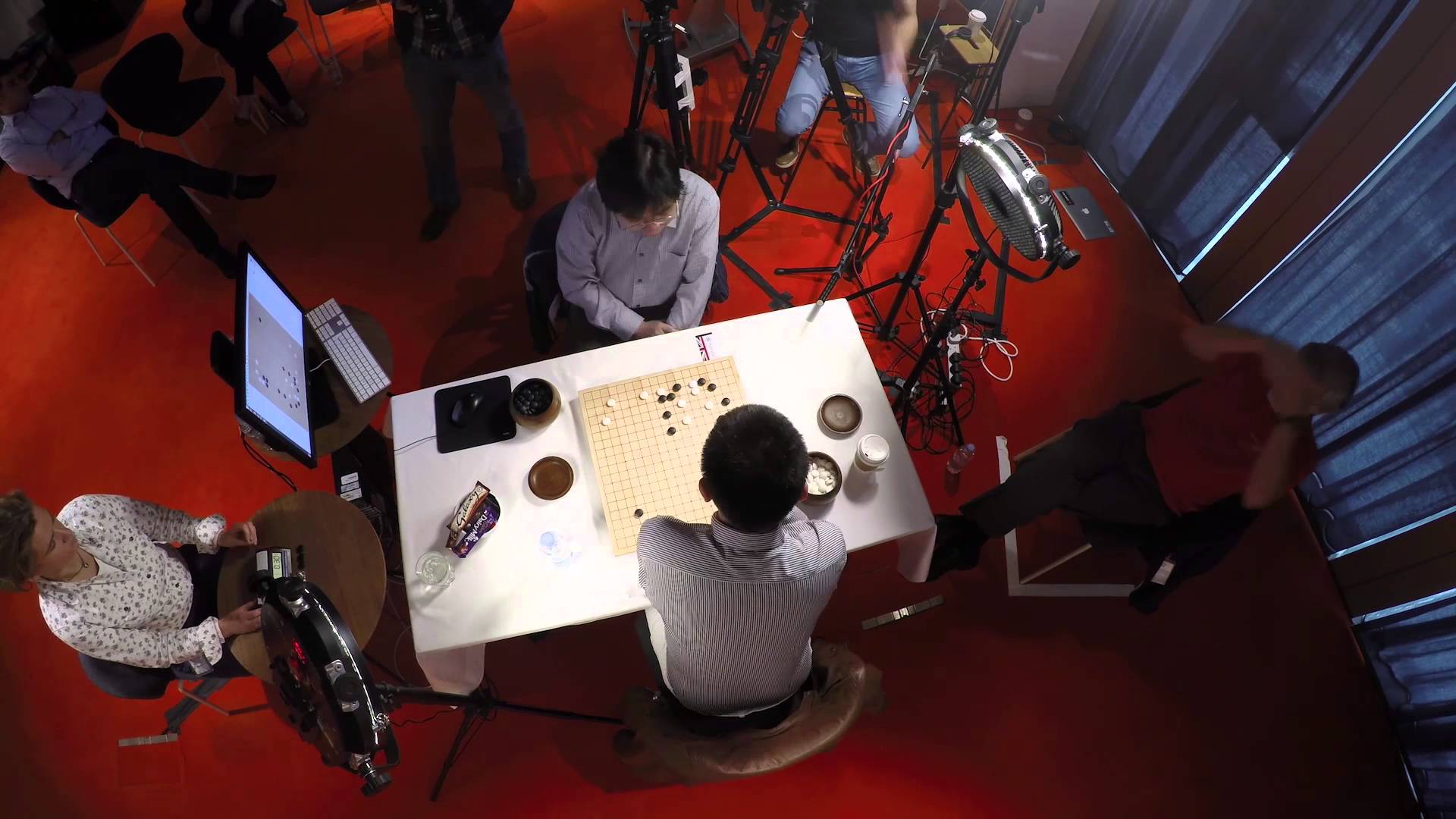
I did an interview on AI and politics for CBC, which also went out on NPR yesterday.
This week, Google’s artificially intelligent computer, AlphaGo won a tournament in the complex board game called Go. American presidential candidate Zoltan Istvan says it’s that in a matter of 10 to 15 years A.I. will be advanced enough to be president of the United States of America.
Mar 18, 2016
Reading minds, sharing control
Posted by Karen Hurst in categories: neuroscience, robotics/AI

https://youtube.com/watch?v=kg1WWq_8kpA
BMIs and other brainy stuff.
When it comes to moving a robot arm with your thoughts, sometimes it is better not to have complete control of your actions. This blog explains more.
Mar 18, 2016
An AI with 30 Years’ Worth of Knowledge Finally Goes to Work
Posted by Shailesh Prasad in category: robotics/AI
An effort to encode the world’s knowledge in a huge database has sometimes seemed impractical, but those behind the technology say it is finally ready.
Mar 18, 2016
Carl’s Jr CEO wants to replace all human workers with robots
Posted by Shailesh Prasad in categories: food, health, robotics/AI
Minimum wage for a robot? $0/hour. Maximum wage? $0/hour.
(From Fox)
Eatsa, the mostly automated healthy, fast food bowl shop based in San Francisco, has inspired the CEO of Carl’s Jr. and Hardee’s to rethink the traditional workforce—by replacing all humans with robots.
Continue reading “Carl’s Jr CEO wants to replace all human workers with robots” »
